I began this Landscape course with a heady mix of excitement (a new course!) and trepidation (this was going to be a journey taking me well outside my comfort zone). It has been a real learning journey for me but one that has left me with the realisation that I have been able to create satisfying work that previously I might not have considered or attempted.
Creech Woods 1944 /2019 (Assignment Five) is my best work. I am really pleased with this slideshow. I feel that it conveys a good sense of tension, uncertainty, vulnerability and emotion. It shows how much my work had developed over the course, drawing as it does on the new skills and knowledge that I have acquired on my learning journey.
Looking back at my assignments, I can see that in developing work I have been more creative and imaginative than in previous courses. In Das Unheimliche (Assignment One), I set out to interpret the sublime less from a physical presence in itself than a mood induced in the onlooker. This idea came from the feeling of unease that I often experience walking through city underpasses and was informed by my reading of Freud’s essay, ‘The Uncanny’. In The View is the Place (Assignment Three) I wrestled for some time with how to convey the concept that a view can be a constructed place before finally capturing the images that I feel might endorse this through the response of the ‘viewer’. And, of course, in Creech Woods 1944/2019 my starting point was my own emotional response to the thought that so many troops had been hidden where I was walking, men waiting among the trees, alone in their thoughts, waiting to go to war. How best to capture photographically what they might be feeling?
I was pleased with the final absented portraits of Shaping out own landscape (Assignment Six). There was a lesson to be learnt here though. Locational challenges such as hanging out of a window not being able to use a tripod, taught me the hard way that you must evaluate the ‘nature’ of a location very carefully, if the work you want to achieve requires a sustained and consistent outcome.
Much of my work has been developed through experimentation, for example, the panning shots in Das Unheimliche, the Photoshop experiments for Two hundred years on (Assignment Two) and the intentional camera movement used in Creech Woods 1944/2019. Creating slideshows with a soundtrack using Lightroom has been a new venture for me. I have become fascinated at how sound and still images can work so well together, taking work to a new level. I want to experiment further with the slideshow format in the future.
Undertaking the research and reading that informed my assignments has been really enjoyable. For my Critical Review (Assignment Four) the challenge was arriving at a subject. This took a while but once chosen, I enjoyed the wide ranging research. Writing the Critical Review was a considerable challenge since I find this kind of writing difficult. I would say though that I have learnt more from writing this Landscape Critical Review than I did on my previous Level 2 course. My tutor’s feedback was very helpful and I now have a much better idea as to how to structure such a review. I feel that I have made some headway here, though there is still room for improvement, not least being more analytical in my writing and more questioning in the handling of texts. And I intend to follow up my tutor’s comment that the Instagram phenonomen could prove a rich seam of inquiry to pursue at Level Three.
I should also acknowledge the support that I have had from other OCA students through work critiqued at the Thames Valley Group meetings and through Landscape Hangouts. I have been lucky to have met up with so many creative and talented OCA students. One highlight was the opportunity to join members of the Thames Valley Group in creating the Open Art Collective. Being a member of the working group setting up our first exhibition at The Lightbox in Woking was a very valuable experience, as was being one of the exhibitors. Since then, when deciding how I might best present my final work, I include the concept of exhibition space alongside other considerations such as printing paper, book formats, and slideshows.
I began this Landscape course knowing very little about the theory or practice of landscape photography. Now at the end of the course I feel a real sense of achievement. Looking back at the ground that I have covered and the work completed, I can see how much I have learnt about landscape photography, photographers and artists and about myself as a photographer. My approach to my work has become increasingly reflective; reflecting on my research and experimentation, listening to what the work of other artists and photographers is telling me, and what critiques of my own work have to say. This has encouraged me to take my work that little bit further; to tease out exactly what I want to say. Do my final images and slideshows communicate what I wanted to say? I believe they do.
I have also noticed that my landscape photography has been developing in a certain way from the very beginning. I have tended to take a strong visual approach to my work. My choice of work for assessment reflects this. My landscapes are always peopled but more often as an expression of absence. Much is said about finding your personal voice, and like many students I ask myself, how do you recognise this personal voice? Is this the beginning?








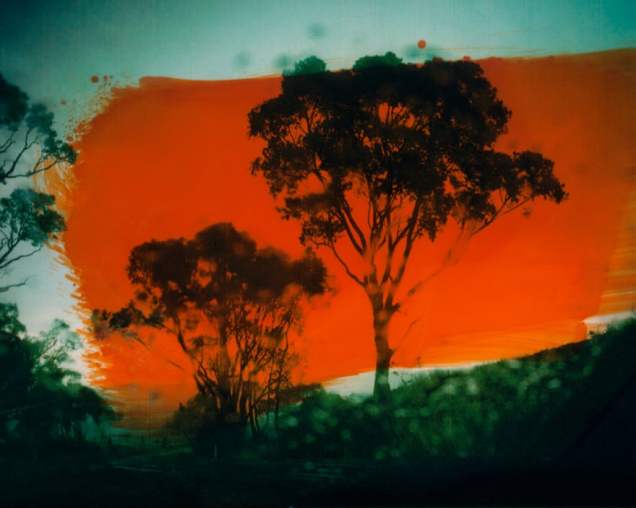



























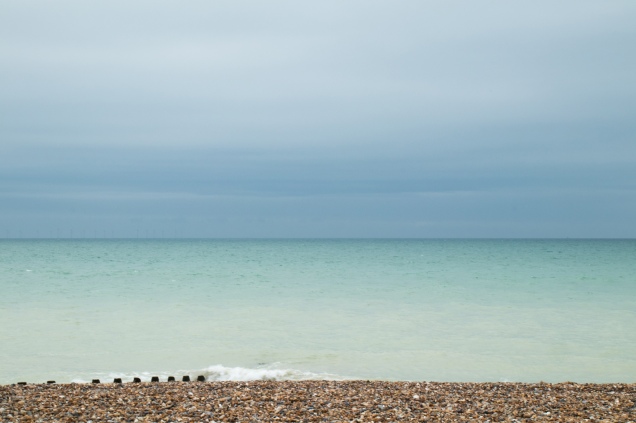
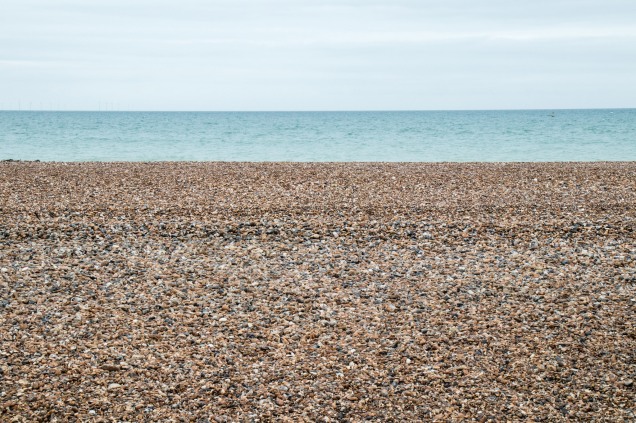
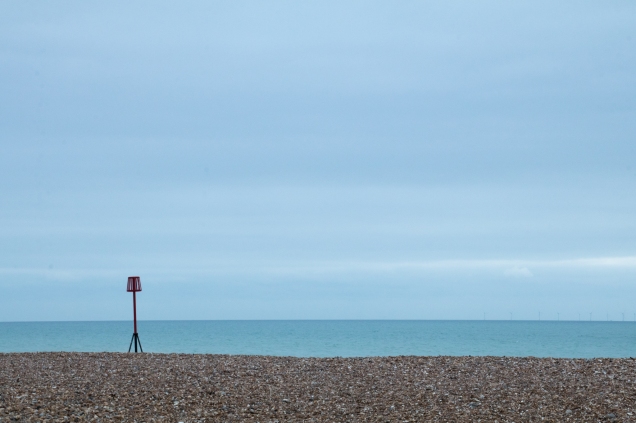
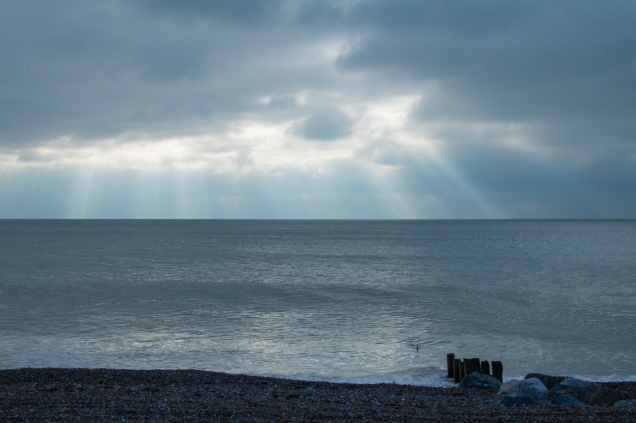
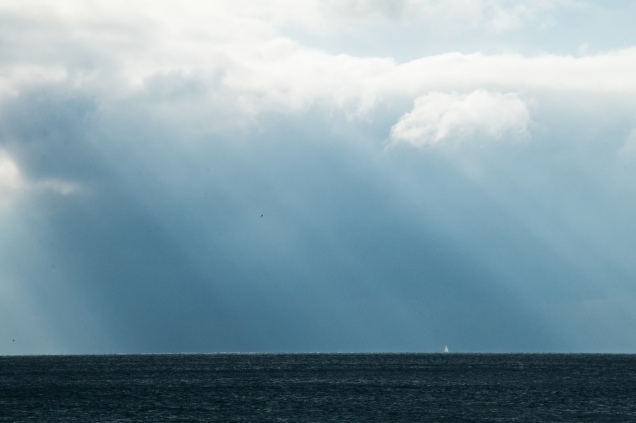
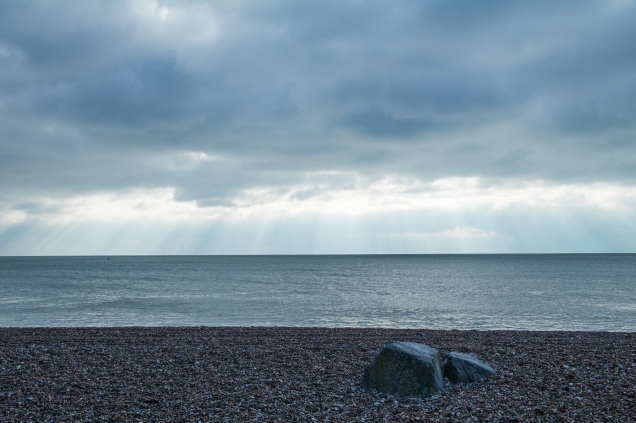











 We were asked to bring some examples of printing, either prints we were happy with or those which turned out as disappointing or definitely mishaps.
We were asked to bring some examples of printing, either prints we were happy with or those which turned out as disappointing or definitely mishaps.




